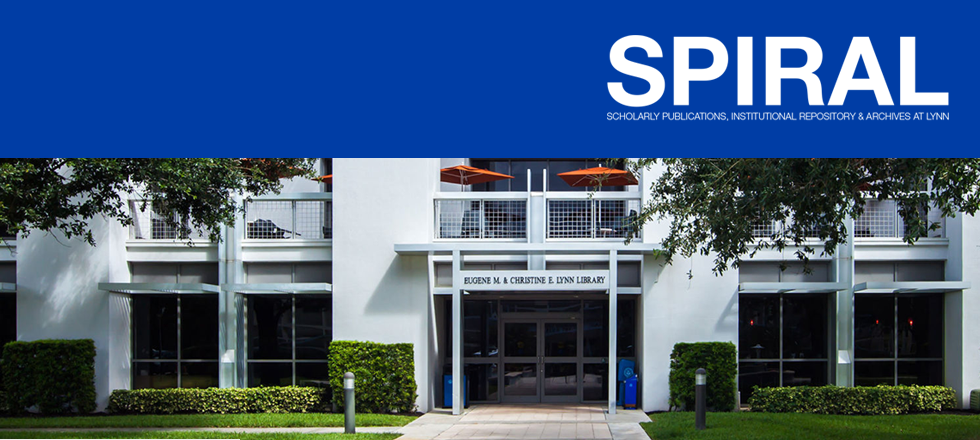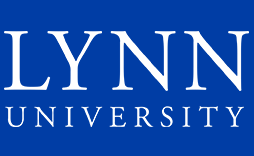Graduate Student Dissertations, Theses, Capstones, and Portfolios
Date of Award
2023
Document Type
Capstone
Granting Institution
Lynn University
Degree Name
Master of Science (M.S.)
Degree Program
Biological Science
Department
College of Arts and Sciences
First Advisor
Dr. Jonathan Smith
Abstract
Females are more than 3.5 times more likely to suffer an ACL (Anterior Cruciate Ligament) injury than males are. Largely in part to neuromuscular differences, the risk of injury is ever present. Quadriceps dominance, joint laxity, and pelvic width are some of the leading risk factors affecting females. Most are anatomical differences that are ingrained from an early age. This paper introduces ACL injuries and highlights the reasons why females tend to tear their ACL in a non-contact way. Anatomical differences such as comparing quadriceps dominance versus hamstring dominance followed by pelvic width, and trunk dominance will all be reviewed. Hormonal differences will then be explained. Different muscle activations mentioned are involved in risk of injuring the ACL. Along with anatomical and hormonal differences, movements such as jumping and landing allow for different muscles to activate differently. Because of this, looking at muscle activation aids in potentially fixing the problem. Prevention is the second to last section which looks at the differences mentioned as well as muscle activation and how they could be corrected. ACL non-contact injuries occur far more in females than in males, with the help of this paper, various reasons as to why that is will be talked about. Additionally, solutions to factors causing a higher risk of injury will be provided.
Recommended Citation
Cardona, A. (2023). Factors increasing risk of ACL injury in females [Masters capstone, Lynn University]. SPIRAL. https://spiral.lynn.edu/etds/409



